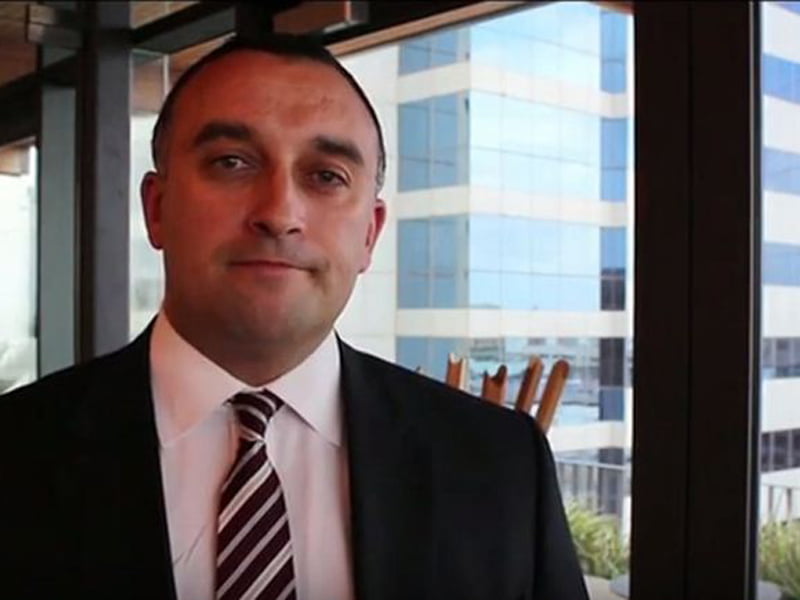The lack of common investment vehicles first promised by the Coalition five years ago is acting as a handbrake on foreign capital entering Australia, according to the peak investment group, which is calling for greater harmonisation with global standards.
In the 2016 budget, the federal government announced it would introduce a Corporate Collective Investment Vehicle (CCIV) and a Limited Partnership Collective Investment Vehicle (LPCIV) to encourage more foreign investment.
It followed concerns raised by the Board of Taxation, the Productivity Commission and others that Australia’s complexity in the area and its lack of similarity with global standards was dissuading overseas investors.

Despite government saying both vehicles would be introduced by 2018, neither have have made it into practice. An exposure draft was released in 2018 for the CCIV, but a bill is yet to hit the Parliament, and there has been no movement on a LPCIV five years on.
The absence had created a “very direct disincentive” to international investors, according to Australian Investment Council chief executive Yasser El-Ansary.
“Australia has to continue to be at the forefront of that global race [for international investors],” Mr El-Ansary told InnovationAus.
“And making sure that we’ve got a collective investment vehicle that looks like and is consistent with the best collective investment vehicles around the world is hugely important.”
In the latest budget, the government changed the start date for allocated $2.6 million to Treasury to implement the CCIV with a revised start date of 1 July 2022.
But there was no update on a limited partnerships model. Without that vehicle, which is commonly used overseas to facilitate wholesale investment by large investors such as pension funds, Australia risks being seen as “too hard” a market by some foreign funds, Mr El-Ansary said.
“If it was a race between Australia and another market that has a limited partnership, it could be the differentiation that says Australia loses out to that other market,” he said.
For now the AIC is focused on ensuring the continuation of the venture capital tax breaks introduced in during Malcolm Turnbull’s innovation push.
Earlier this month, the government launched a review of the VC tax breaks introduced as part of the National Innovation and Science Agenda in 2015, including a 20 per cent non-refundable carry-forward tax offset and exemption from the capital gains tax.
The changes were made to enhance the concessional treatment of the Early Stage Venture Capital Limited Partnership (ESVCLP) program and target it towards ventures at the very early stages of the lifecycle of a developing startup.
The government says five years on it is now the “appropriate” time to review the changes, with Treasury and Industry Innovation and Science Australia to lead a evaluation of the ESVCLP and other programs designed to spur investment in early stage businesses.
The review will not make policy or reform recommendations, but will assess the VC concessions’ operation and impact and will likely be used as evidence for any future reforms.
Mr El-Ansary said the Turnbull-era reforms had become fundamental to Australia’s innovation sector and he is confident the review will show this.
“What we will find as we work through that process under this review is that these vehicles have been absolutely instrumental to the growth of the innovation economy in Australia,” he said.
The AIC chief said private investors are keen to see the tax breaks continue but there are also large areas for improvement to encourage local investment and to attract more international capital.
“Some of those issues are very, very simple technical amendments to clarify definitions and policy intent of the legislation in certain areas. Some are more substantive policy design questions which needs to be resolved as part of modernising frameworks,” Mr El-Ansary said.
He noted the thresholds included in some of the investment vehicles have not been changed since they were established more than a decade ago, and are now “out of date” for some high growth innovation companies, and the vehicles
Do you know more? Contact James Riley via Email.

